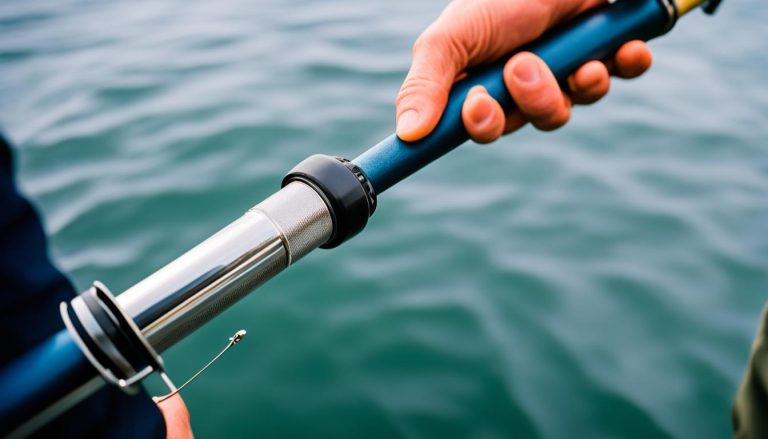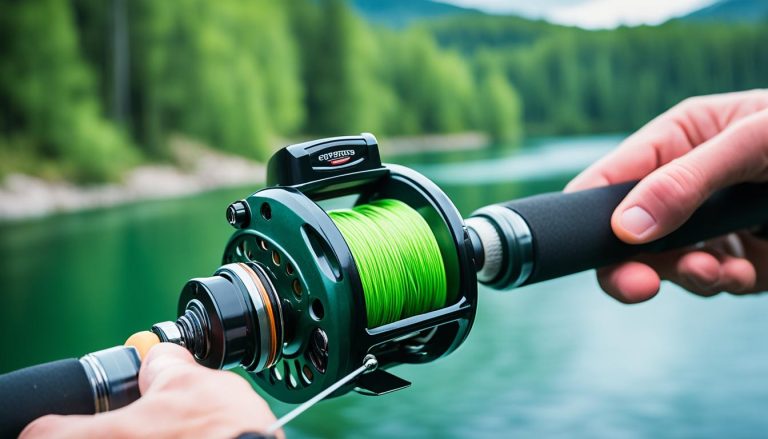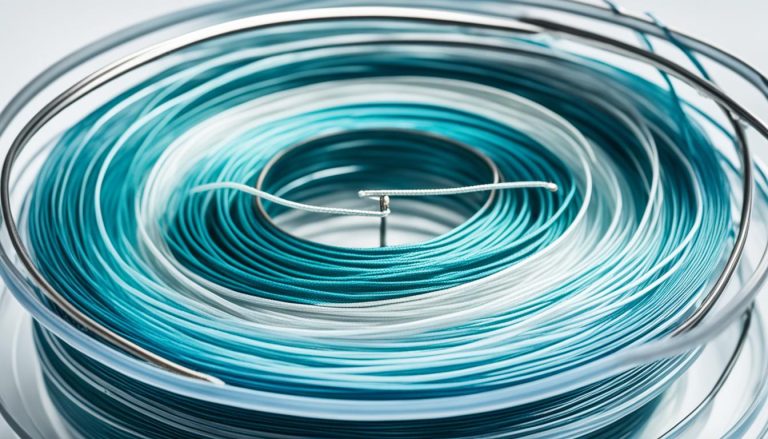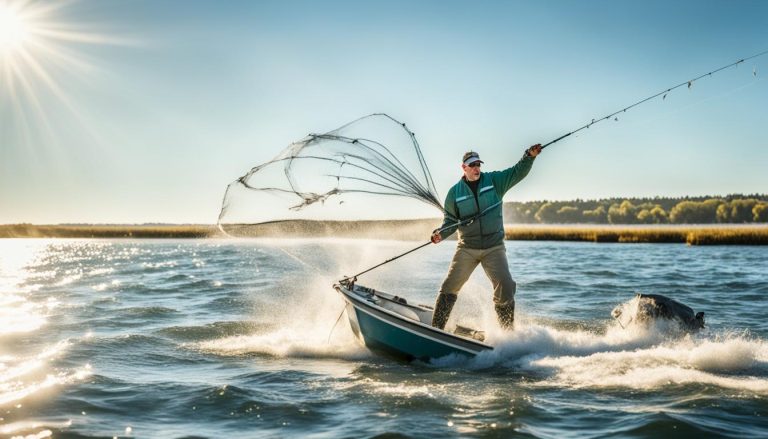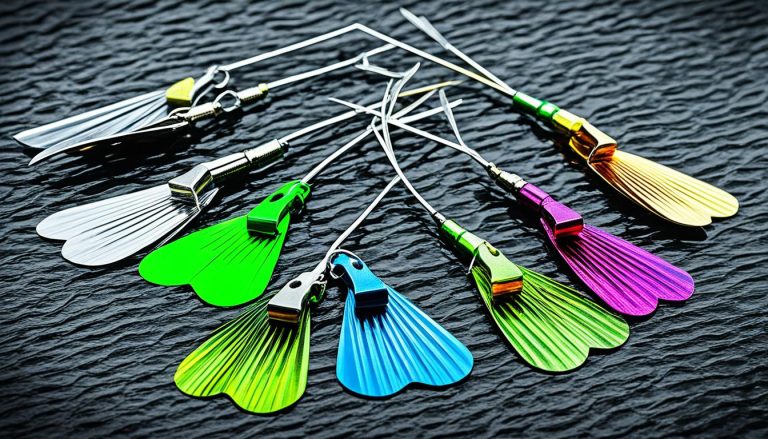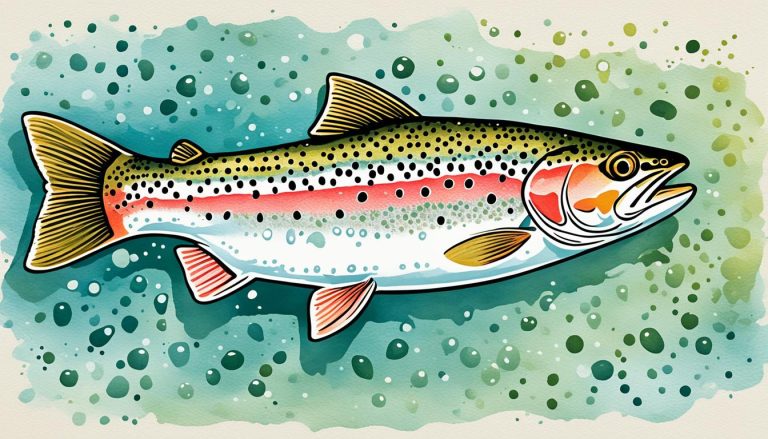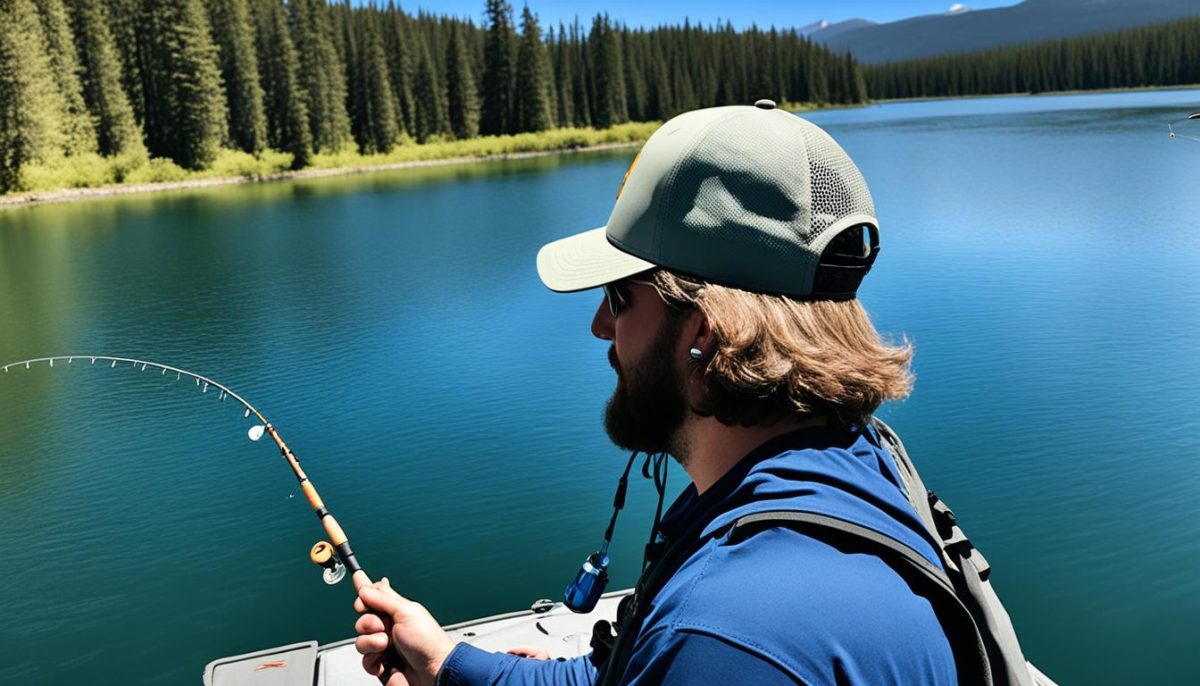
Welcome to BearCaster, your go-to destination for everything related to fishing, camping, and traveling. Whether you’re a seasoned angler looking to refine your skills or a novice eager to embark on your first outdoor adventure, BearCaster is here to guide you every step of the way.
Explore the World of Fishing
Dive into our extensive collection of articles, guides, and tutorials covering all aspects of fishing. From selecting the perfect bait to mastering advanced casting techniques, our team of passionate anglers is committed to equipping you with the knowledge and expertise you need to reel in the big catch.
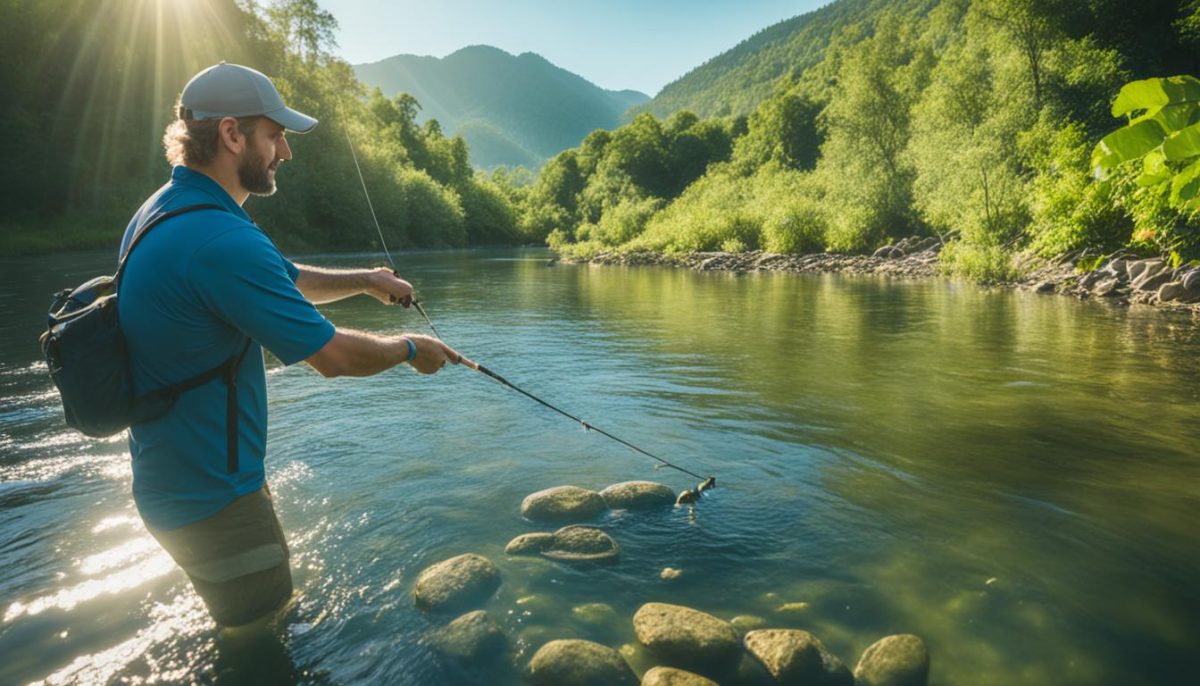
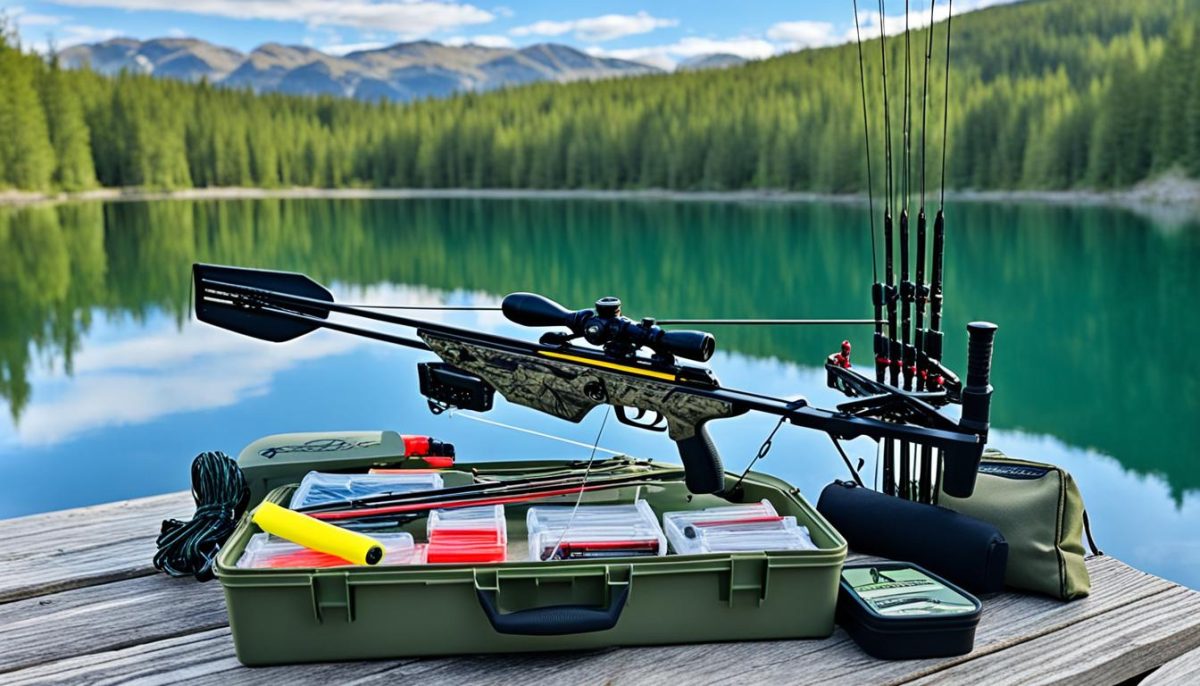
Unleash Your Adventurous Spirit
Embark on unforgettable camping and traveling experiences with the help of BearCaster. Discover hidden gems, practical tips, and expert recommendations to make the most of your outdoor escapades. Whether you prefer pitching a tent under the stars or exploring exotic destinations, we’ve got you covered.

